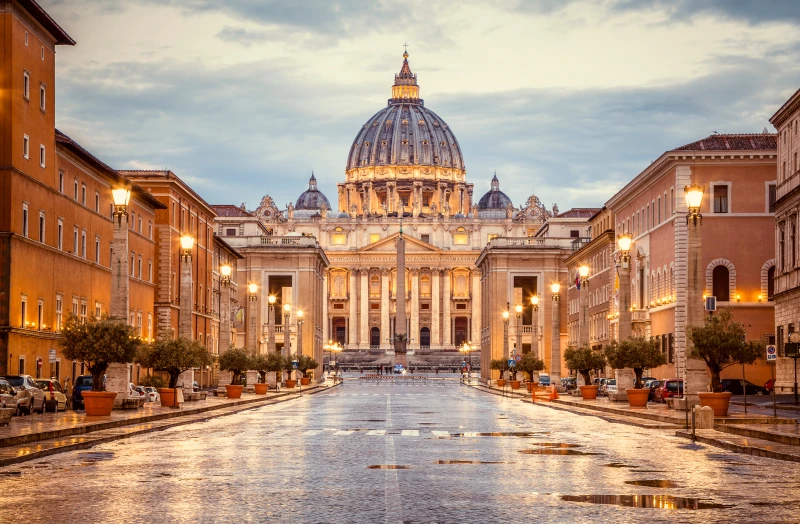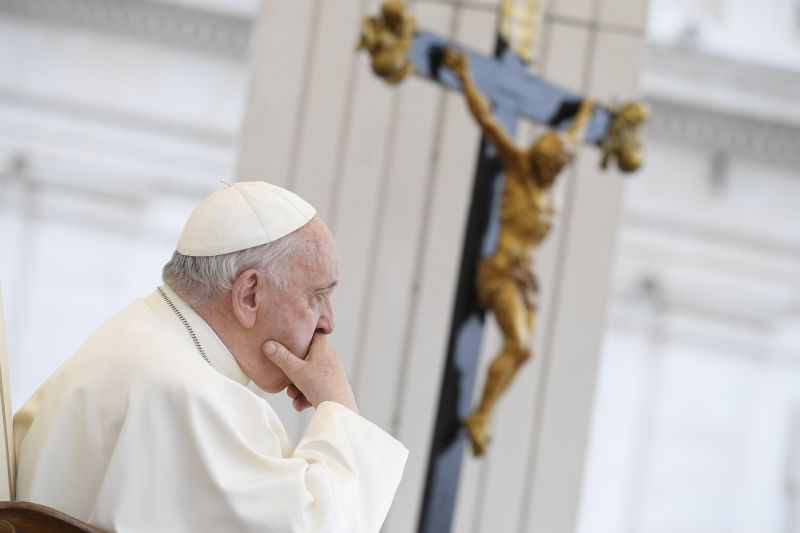
Vatican City, Nov 13, 2023 / 07:02 am (CNA).
A group of Benedictine nuns from Argentina will soon take up residence in the Vatican monastery where Pope Benedict XVI lived after resigning the papacy.
The Benedictine Order of the Abbey of St. Scholastica of Victoria, located in the province of Buenos Aires, accepted Pope Francis’ invitation to form a monastic community in the Mater Ecclesiae Monastery, the Vatican said Nov. 13.
The six nuns will move into the monastery, which is located in the Vatican Gardens in Vatican City State, in early January, according to the press release.
St. Pope John Paul II canonically erected the Mater Ecclesiae Monastery for nuns of contemplative life in 1994. Different groups of cloistered nuns, rotating every three years, lived in the convent until November 2012.
The Vatican said after Benedict XVI’s death on Dec. 31, 2022, Pope Francis decided to restore the monastery to its original purpose as a place where “contemplative orders support the Holy Father in his daily solicitude for the whole Church, through the ministry of prayer, adoration, praise and reparation, thus being a prayerful presence in silence and solitude.”
The Governorate of Vatican City State will oversee the monastery.
Benedict XVI spent his retirement in prayer and meditation at Mater Ecclesiae Monastery. He was assisted by his personal secretary Archbishop Georg Gänswein and four consecrated women.
The pope emeritus moved into the monastery, which was then empty following renovations, on May 2, 2013, and remained there until his death on Dec. 31, 2022.
If you value the news and views Catholic World Report provides, please consider donating to support our efforts. Your contribution will help us continue to make CWR available to all readers worldwide for free, without a subscription. Thank you for your generosity!
Click here for more information on donating to CWR. Click here to sign up for our newsletter.






Leave a Reply